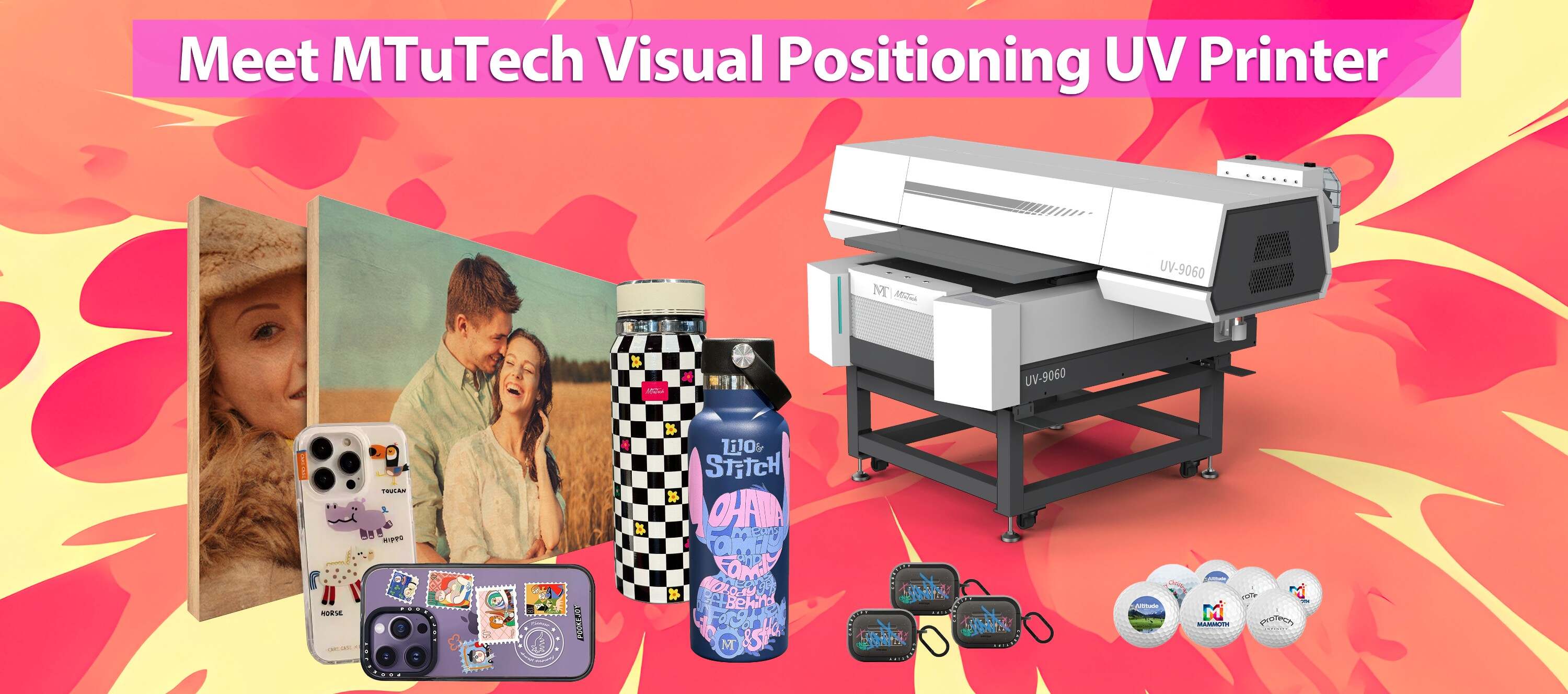Introduction
Ultraviolet (UV) printing has transformed the printing industry by allowing for high-quality prints with vibrant colors and intricate details on a variety of substrates. However, the effectiveness of UV printing is not solely dependent on the printer and ink; external factors such as lighting and temperature play a crucial role in the final output quality. Understanding how these factors influence UV print can help ensure consistent, high-quality results. This blog post explores the impact of lighting and temperature on UV print output and offers practical tips for optimizing your printing process.
The Importance of Lighting in UV Printing
Lighting conditions during the printing process can greatly affect the appearance of the final product. Here’s a closer look at how lighting impacts UV print output:
1. Color Accuracy
The type and intensity of light can influence how colors are perceived. For example:
Natural Light: Provides a neutral color balance, helping to achieve true-to-life color representation.
Fluorescent Lighting: Often skews colors, making prints appear more vibrant under these artificial conditions than they would in natural light.
Incandescent Lighting: Can impart a warm tone that may lead to color misalignment when viewed in daylight.
To achieve the best color accuracy, it’s advisable to use consistent lighting conditions that mimic daylight when checking prints prior to finishing.
2. Visual Inspection
Lighting plays a vital role in the visual inspection process during UV printing. Here are some ways lighting affects how the print is reviewed:
Glare and Reflection: Reflective surfaces can make it difficult to assess print quality. Using diffused lighting can minimize glare.
Shadow Effects: Shadows can hide imperfections; therefore, ensuring the print is evenly lit is essential for a comprehensive quality check.
The Impact of Temperature on UV Printing
Temperature can affect both the printing process itself and the properties of the materials involved, including inks and substrates. Here’s how temperature influences UV print output:
1. Ink Viscosity
Temperature directly impacts the viscosity of UV inks. When the temperature is too low:
The ink becomes thicker, which can lead to problems such as poor adhesion or clogging in the print head.
Print quality may suffer due to inconsistent ink flow.
Conversely, at higher temperatures, inks can become too fluid:
This may result in over-saturation and bleeding on sensitive substrates.
The printed text and edges may appear less sharp.
Maintaining an optimal temperature range during the printing process is crucial for achieving the right ink viscosity and ensuring print quality.
2. Substrate Considerations
Different substrates have varying responses to temperature fluctuations:
Heat Sensitivity: Materials such as plastics may warp or deform if exposed to high temperatures, affecting the overall print integrity.
Adhesion Properties: Some substrates may expand or contract with temperature changes, impacting how well the ink adheres.
This necessitates monitoring the environment in which printing takes place and maintaining controlled temperatures when working with sensitive materials.
Optimizing Lighting and Temperature Conditions
To ensure the best possible UV print output, consider the following tips for optimizing lighting and temperature conditions:
1. Establish a Controlled Environment
Creating an optimal printing environment will help mitigate the effects of external variables:
Use climate control systems to maintain a stable temperature.
Invest in proper lighting solutions, such as color-corrected LED lights that provide a balanced light spectrum.
2. Conduct Regular Equipment Maintenance
Frequent maintenance on your UV printing equipment can prevent many issues related to lighting and temperature:
Clean the print heads regularly to prevent clogging.
Check the calibration of your printer to maintain consistent quality.
3. Implement Quality Control Procedures
Having a systematic approach to quality control can help catch potential problems:
Perform regular visual checks in controlled lighting to ensure color accuracy.
Test different substrates at various temperatures to identify optimal settings for each material.
Conclusion
The role of lighting and temperature in UV print output cannot be overstated. Color accuracy, visual inspection, ink viscosity, and substrate behavior are all impacted by these factors. By understanding their influence and implementing best practices, you can achieve superior print quality, reduce errors, and maximize your investment in UV printing technology.
For those in search of high-quality UV printers to enhance their printing capabilities, Explore our high-quality UV printers here and discover the potential of UV printing.
FAQ
How does lighting affect the drying process of UV inks?
Lighting, while important for visual inspection, does not significantly affect the drying process of UV inks, as they cure through exposure to UV light. However, working in the right lighting conditions ensures better color accuracy when assessing prints.
What is the ideal temperature range for UV printing?
The ideal temperature for UV printing typically falls between 18°C to 25°C (65°F to 77°F). This range allows for optimal ink viscosity and substrate behavior without risking deformation or other adverse effects.
Can I use any type of light for inspecting UV prints?
While you can use various light types, it's best to use Daylight-balanced or Color Corrected LED lights for inspecting UV prints to ensure accurate color evaluation and to avoid misinterpretation caused by color shifts under different light sources.
What substrates are most sensitive to temperature changes?
Plastics, films, and certain coated papers are particularly sensitive to temperature variations. These materials may warp or yield different adhesion properties, thus requiring careful temperature management during printing.

